Introduction
Recently I had many discussions with some of the athletes I coach concerning the monitor of the intensity during training and races.
The majority of the athletes do not accept the fact that there are cases that the Heart Rate (HR) Monitor doesn’t say the truth and that there are times that the HR values mustn’t be used for the monitor of the effort’s intensity.
I order to prove what I’m saying I have decided to design and execute a lab test.
Test
The Test was to do 750 meters swim, then immediately a 30 minutes cycling best effort at the lab and to finisih with a 3kms run at the treadmill of the same lab.
We will concentrate at the bike effort. This was a 30 minutes effort where I had the possibility to adjust at any time the power (only steps of 20 watts where possible), meaning it was like be able to switch gears in a Time Trial effort.
The Heart Rate was measured continually.
Almost every 8 minutes the lab staff measured the oxygen and the carbon dioxide. Also the blood lactate was measured.
It’s important to mention that prior to the effort I haven’t digested caffeine nor I had breakfast. During the effort I had the opportunity to receive water and carbohydrates.
I have started the effort at 200 watts and quickly I got at 260 watts where I was for more than 5 minutes before the first lactate and air measurement (8 minutes0.
For the measurement of the blood lactate we had to pause of 20-30 seconds
Test and Cycling Figures
Temperature 20,4 Celsius -Humidity : 71% – P (mmHg) : 751
Temperature of air exchaled : 23,4- Pwater : 21,6
Maximum cadence 114rpm -Average cadence 90 rpm
Average Power 239 – Maximum Power 260
Results of the test
| Time | Average Power | Lactate (mmol/l) | VO2 (l/min) | RQ | HR average | HR at end of period |
| 8min | 250 | 8,2 | 4,15 | 1,05 | 157 | 160 |
| 15min | 247 | 6,6 | 3,68 | 1 | 158 | 159 |
| 23min | 241 | 5 | 3,38 | 0,98 | 162 | 162 |
| 28min | 239 | 5,8 | 3,52 | 0,93 | 163 | 163 |
During the first 8 minutes where the majority was done at 260 watts, the pedaling effort was very hard.
During the rest of the test I was pedaling at almost 240 watts for the entire duration. I was doing some efforts to increase or decrease the power but I did the majority of the test at this power value.
The Heart Rate values were almost constant at the entire 30 minutes test and they didn’t seem to adopt to the intensity of my effort or to have a analogical relationship with the Lactate blood concentration or the VO2.
Discussion
In Swimming where the majority of the training sessions are structured under a interval model the intensity of the efforts is designed and monitored by the use of the swimming pace.
The same applies to running interval sessions.
For continuous running sessions and cycling training some coaches and athletes design the intensity on a HR basis. This many times has been proved wrong.
The test we did proves that the Heart Rate monitor doesn’t say always the truth.
I have also tried to do some on the field tests and again the same problems have arised. I have an athlete to do a T30 on the bike where he has finished the effort at 169. I have asked him how he felt the effort and he has replied “moderately hard”
In a few days the same athlete was asked to do 10 minutes maximum effort and he has finished the effort at 162. I asked him how he felt/ perceived the intensity of the effort and he said “Vary Hard”
A HR monitor is an easy to use and cheap instrument that can be used for the monitor of the training sessions especially for low intensity efforts. At the same time we have to understand that there are limits to the use of this instrument and method. We know some reasons (caffeine use, dehydration, psychological state and arousal) that HR might not tell us the truth but there are many other reasons that we will be probably find in the near future.
To design and to monitor the efforts by the use of different methods, instruments and values is the best thing:
Power meter are becoming more accessible as they become cheaper. Especially for time trial races and training sessions power meters are the best option
But Power Meters they are not the only method that we can use:
- Design and monitor the effort by length of the effort and duration of the rest.Experience athletes/ cyclists can be easily be guided be the length of the effort and the time of the rest. To tell a cyclist to do a 8 X2’ (2’) at VO2 max doesn’t mean that the coach has done his job correctly. The athlete will try to do his best for this set.
- Lactate Measurers. We can monitor the effort by reading the power of the end of each rep but also the blood lactate concentration. Portable lactate measurers cost 150 euros. Kate Allen, the 2004 Triathlon Olympic Champion, did 2000 measurements at the 10 months leading to the Olympic Games.
- Pace/ Velocity. As weather conditions (especially wind direction and wind speed) play a major role in cycling , coaches hesitate to use the time records for the design of the efforts. I have designed special courses where the athletes I coach challenge in some sessions their personal records and this is the major/ only goal for some sessions. Athletes could try to beat their PB in some uphill parts/ mountains but also this the case for flat TT or interval sessions.,
- Borg Scale. Cyclists adore to use such a method and it seems to challenge them at the same time.
Conclusion
Cycling and Triathlon Coaches must be open minded and to challenge all the time their views and their training methods. To be able to learn from coaches of other sports is something extremely valuable.
Nothing my be taken for granted. A coach to be able to differentiate himself/ herself should be innovative and this can be achieved though a Continuous Coaching Development Process and an open minded mentality that allows to challenge today in order to arrive in better future.
At the same time instruments and technology help us in our job but even without a single instrument we could and we should be able to guide our athletes correctly at the efforts to achieve their sport goals.
Text :
Text : Giannis Psarelis, Editor of Triathlonworld.gr & Cycliworld.gr- Chemist, MSC –MBA
Email : info@triathlonworld.gr & mobile +00306937170260
Triathlon New Zeeland Level 2 Accredited Coach (Candidate for Level 3)- Endorsed by International Triathlon Union (Level 1)
- American Swimming Coaches Association Level 2 Coach
- Australian Swimming Teaches and Coaches Association Bronze License
- North American Academy For Sport and Fitness Marathon Certified Coach
- USA National Federation of High Schools Accredited & Certified Coach
- International Triathlon Coaches Association Certified Coach
Triathlon New Zeeland Level 2 Accredited Coach (Candidate for Level 3)- Endorsed by International Triathlon Union (Level 1)
- American Swimming Coaches Association Level 2 Coach
- Australian Swimming Teaches and Coaches Association Bronze License
- North American Academy For Sport and Fitness Marathon Certified Coach
- USA National Federation of High Schools Accredited & Certified Coach
- International Triathlon Coaches Association Certified Coach
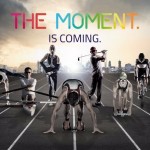
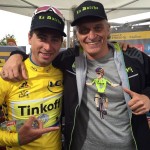

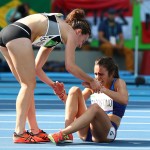

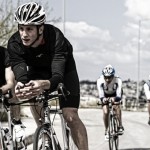

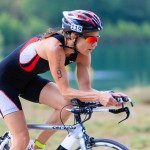








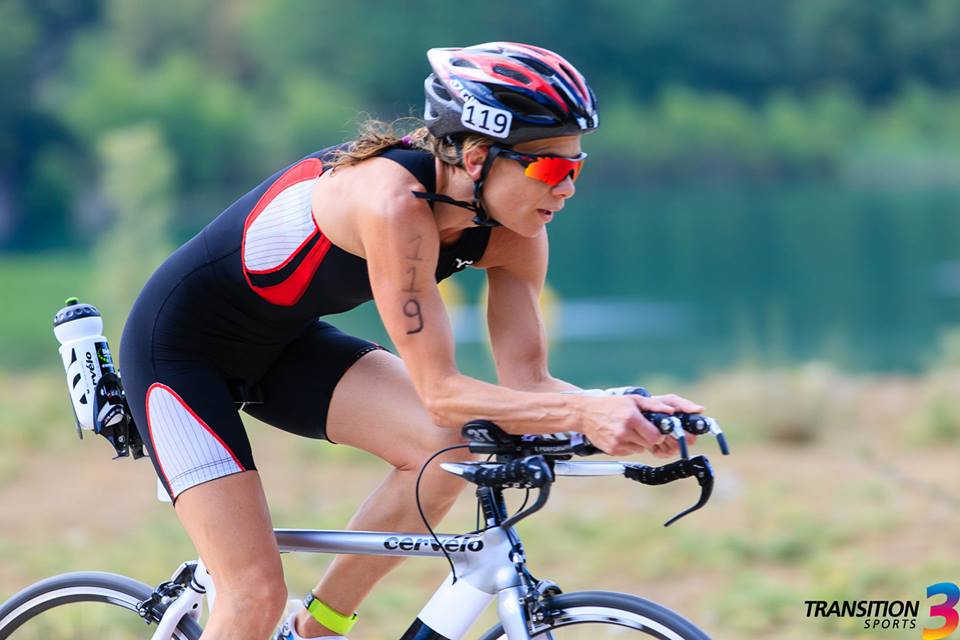

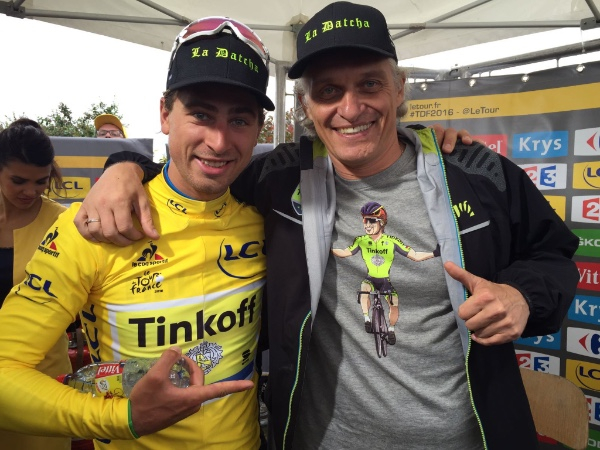

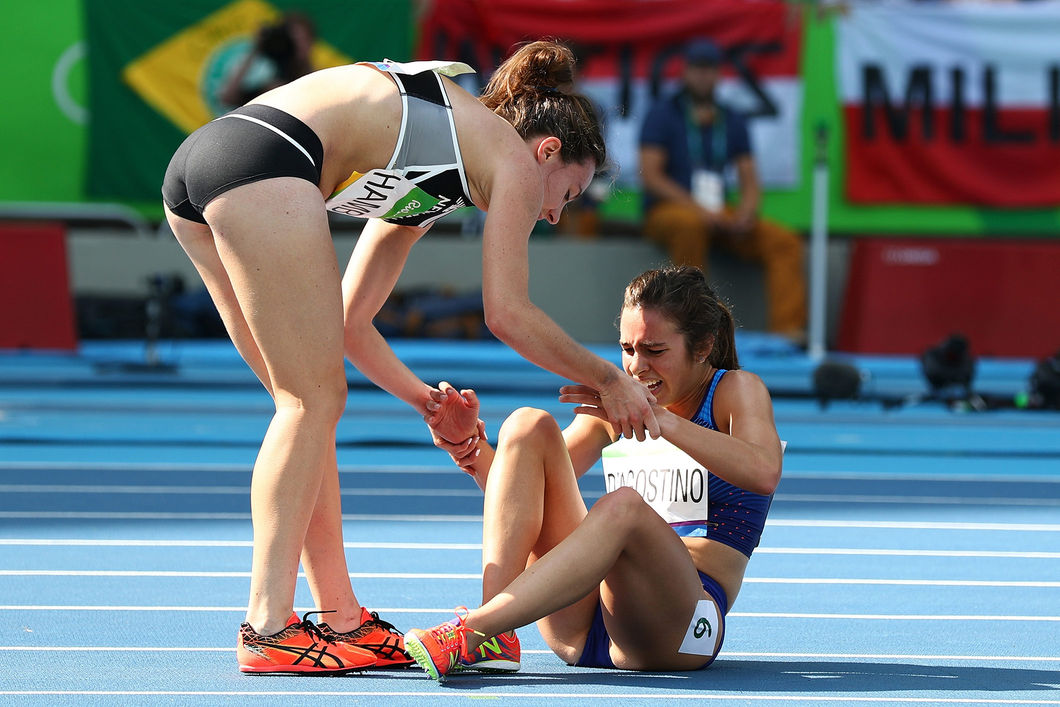

bunadisisj nsjjsjsisjsmizjzjjzjzz zumzsert
bunadisisj nsjjsjsisjsmizjzjjzjzz zumzsert
bunadisisj nsjjsjsisjsmizjzjjzjzz zumzsert
I seriously like your weblog.. Exceptional shades & topic. Did you make this Web page on your own? Remember to reply back again as I’m seeking to produce my incredibly very own blog site and would want to know in which you bought this from or just what the concept is known as. Quite a few thanks!
Thanks for your blog post. A few things i would like to contribute is that laptop memory is required to be purchased when your computer is unable to cope with what you do along with it. One can deploy two good old ram boards of 1GB each, for instance, but not one of 1GB and one with 2GB. One should look for the maker’s documentation for one’s PC to be sure what type of memory space it can take.